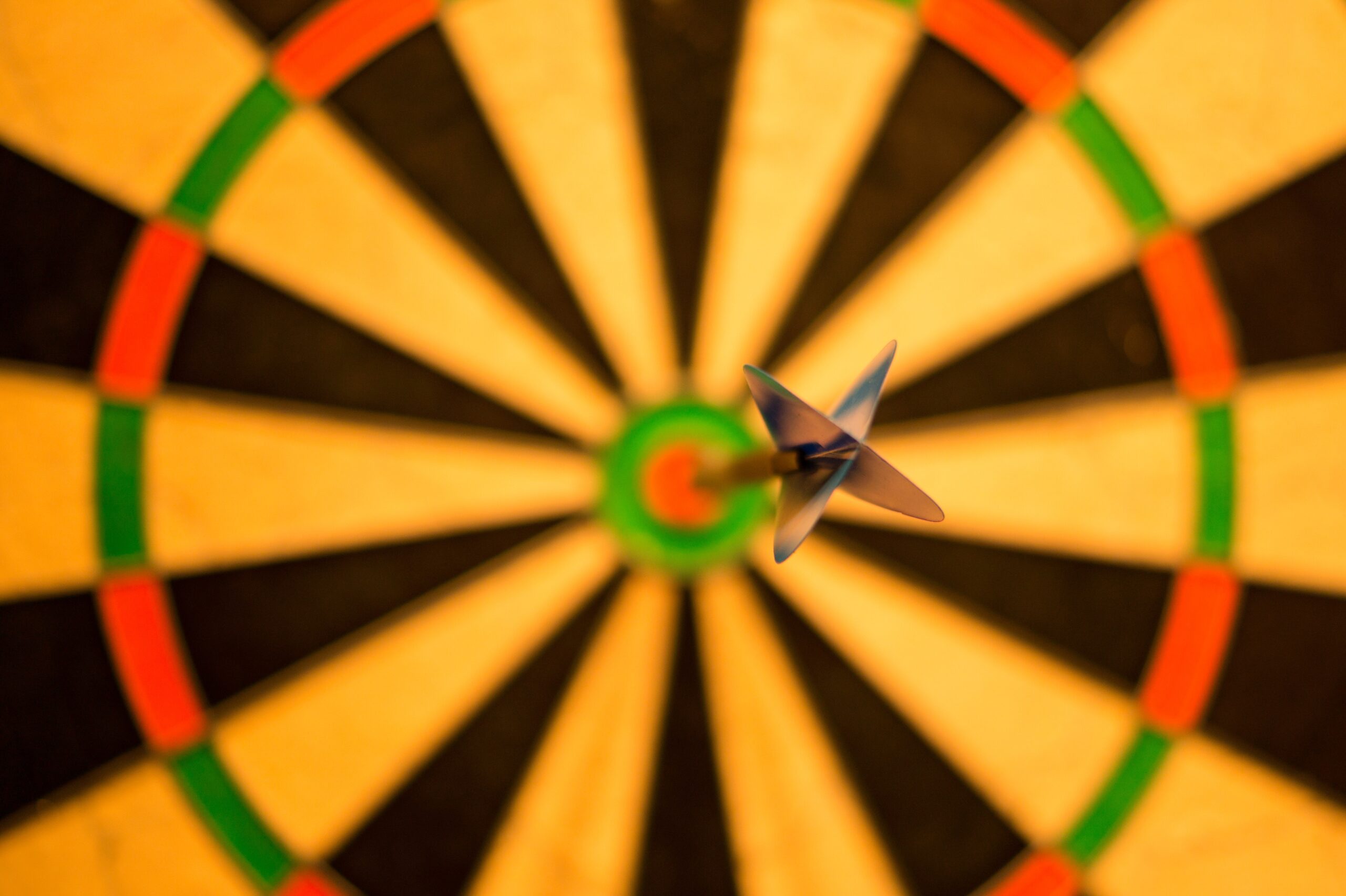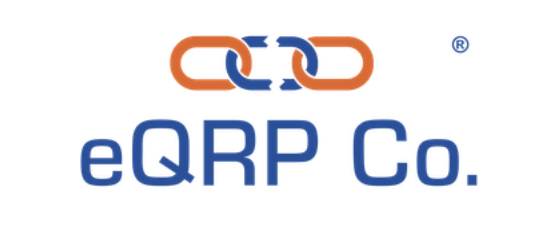Financial wealth is not everything. In fact, it should be a means to an end and not the end itself. Unfortunately, many people make it their end, and, even worse, do not know how to measure whether they are winning in their wealth-building journey or not. Rather than be like them, I encourage you to first identify your goals for yourself, your family and greater purpose and figure out what financial goals must be in place in order to free your life for those pursuits or endeavors.
Know Thy Goals
Personally, multi-family real estate became my primary wealth-building vehicle based on my desire to scale passive income goals as well as help other working professionals do the same so there is less pressure on their hard-earned working income to provide for the needs of this demanding life. After having first having identified your “why”, the next step is to have a means of measuring your financial health. There are a few ways to do so, one is measuring your personal balance sheet and another is measuring your cash flow. In this discussion, we will discuss your personal balance sheet.
Personal Balance Sheet
Just as organizations have balance sheets to measure their wealth and book value, it is wise to have one of these in our personal lives. If we are serious about our finances, we should manage them like a business. A personal balance sheet is what others may refer to as a net worth. I used to use this term for a while but decided to rename it because “worth” can subconsciously assign value to a person based on his or her wealth, and that is not true. “Balance sheet” simply describes the state of ones finances.
A personal balance sheet simply quantifies your assets, liabilities and the difference between the two. Tip: at minimum, you want a positive number. The result is referred to as Net Assets, from a balance sheet perspective. Assets include things such as cash, retirement accounts, real estate, bonds, stocks, etc. Liabilities are obligations such as debt: mortgages, car payments, credit card debt, etc.
The Tool For Decision-Making
When you start measuring these these details, you pay attention and begin make decisions with the financial considerations. For example, when I decided to refinance my first rental, I gave consideration to my personal balance sheet, and which decision (to refinance or not) would create the most wealth. At the end of the day, after paying refinancing fees, my cash flow would increase and the cash taken out would be reinvested at a higher rate. Thus, my personal balance sheet would reflect more favorably in the near future.
Next Steps
If you have not already, start a list of your assets and liabilities, just for fun. Make as full a list as possible including all known assets and liabilities and see where you stand. Make an initial assessment. What liabilities can you get rid of? Do you have useless credit card debt to knock out. How can you grow your assets at a faster rate than monthly deposits into your savings? Is it time to consider stocks or wealth creation from real estate?
💡Invest Your Retirement w/ eQRP
– How To Use Your 401k To Invest In Real Estate


